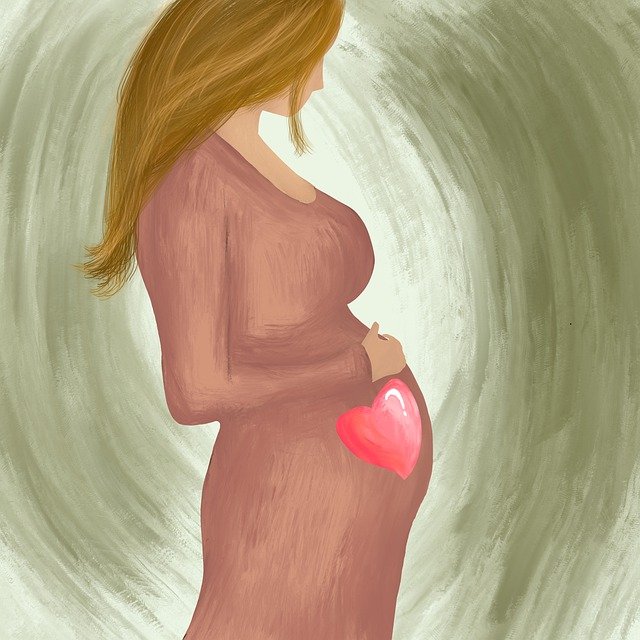Abnormalities of the uterus can contribute to the inability to conceive. Uterine fibroids can disrupt the endometrial cavity, making implantation difficult and treatable.
Another cause in the uterus is scarring or adhesions from a previous operation or endometrial infection.
Asherman’s syndrome is a term used to describe scar tissue in the uterus.
The wound may be sensitive with thin stretches of scar tissue or thicker, thick streaks. Uterine factor infertility (UFI) can affect up to 1 in 500 women of childbearing age.
The uterus is an important part of achieving pregnancy and successfully completing the pregnancy on time.
There are many etiologies of UFI that can be categorized as congenital or acquired causes.
How often is infertility a uterine factor?
Uterine factor infertility affects about 3-5% of the population and is a major cause of infertility in women.
It has also been associated with an increase in pregnancies and premature births.
However, the exact number of women who may be affected by uterine abnormalities is not known, as many types of deformities show no symptoms and some do not affect a person’s ability to conceive.
This is often not what doctors are looking for unless there is a cause such as lack of menstruation or recurrent miscarriage.
For example, in the part of the population that has recurrent abortions, the estimated incidence would be about 13%.
Congenital infertility of the uterine factor
Congenital malformations are those that developed before birth. This means that something happened during fetal development.
Muller’s leads are most important in the female reproductive system and form in about 10 weeks. If they do not connect properly, it will lead to malformations of the uterus and other reproductive organs.
Therefore, congenital abnormalities are sometimes called Muller abnormalities.
Types of Mullerian anomalies may include:
The uterus or fallopian tubes that are not completely formed
- The entire reproductive system is doubled
- The parts of the reproductive system are duplicated
- Injection into the uterus
- Uterus with a fibrous band that divides it (septal uterus)
- Unique uterine shape
- Uterine loss (agenesis)
Acquired uterine factor infertility
During a woman’s life, several things can happen that can affect the shape and function of the uterus or may require removal of the uterus, leading to infertility.
Examples:
- Fibroids (eg from endometriosis)
- Injuries from previous operations
- Infectious wounds
- Cancer
Can you get pregnant if you have uterine factor infertility?
Some types of uterine factor infertility are incomplete, which means that pregnancy is still possible, although in many cases it is associated with a higher risk of pregnancy, miscarriage, premature birth, and other risks.
The overall chance of getting pregnant and the risk of getting pregnant may depend on the type of malformation that has occurred.
If pregnancy occurs in a deformed uterus, it must be properly monitored. For example, ectopic pregnancy is common in those with a unicorn uterus and premature abortion is common in those with a septate (divorced) uterus.
What are the options for treating uterine factor infertility?
Uterine factor infertility is a general umbrella term that encompasses many scenarios that can lead to an inability to conceive or carry a child after birth, and because it remains a difficult area to study, fertility physicians must determine the exact cause for each case before determining whether treatment with surgery and/or assisted reproductive technology (IVF) can be an effective treatment.
In the case of structural anomalies such as fibroids and polyps, surgery is usually a successful treatment.
Injuries may or may not be cured by surgery. Embryo transfer is recommended to reduce the risk in patients with uterine factor infertility undergoing IVF.
Historically, women experiencing absolute uterine factor infertility have had no other options for having their own child beyond gestational surrogacy—that is, up until a few years ago, when the first documented case of a healthy live birth via a uterus transplant was reported.
As of the publication of this report (June 2017), there had been 17 recorded uterus transplants.
The overall success of such surgeries suggests that uterine transplantation may become a more common surgical treatment option for women facing absolute uterine factor infertility.
References:
https://uscfertility.org/causes-infertility/uterine-factor-infertility/

Ravi Sharma is a self-motivated, successful entrepreneur and has a solid experience in the fertility segment. and he is the director at ARTbaby Global (ARThealthcare). He is a pharmacy graduate with post-graduation in business administration and has 14 years of rich experience in the field of infertility segment. He loves to write about IVF, Surrogacy, and other ART (assisted reproductive technology) news, issues, and updates. He is a Pharmacy graduate (B. Pharm) and M.B.A (marketing).
His most recent success includes the successful launch of the medical tourism company, ARTbaby, which offers treatment options for infertility, egg donation, and surrogacy. He likes spending time with his family and writing about various aspects of IVF surrogacy and donating eggs.

